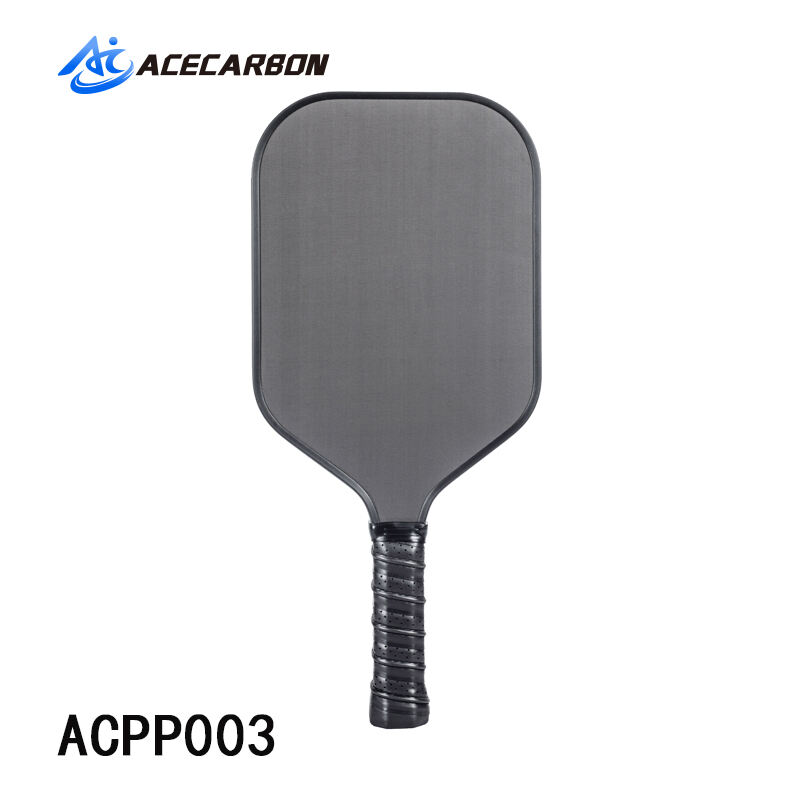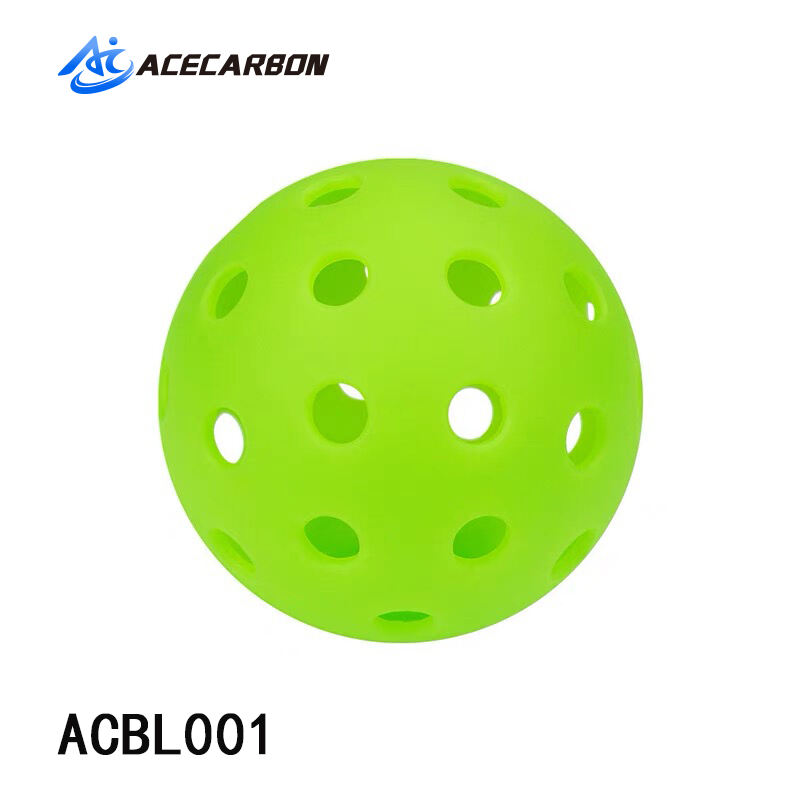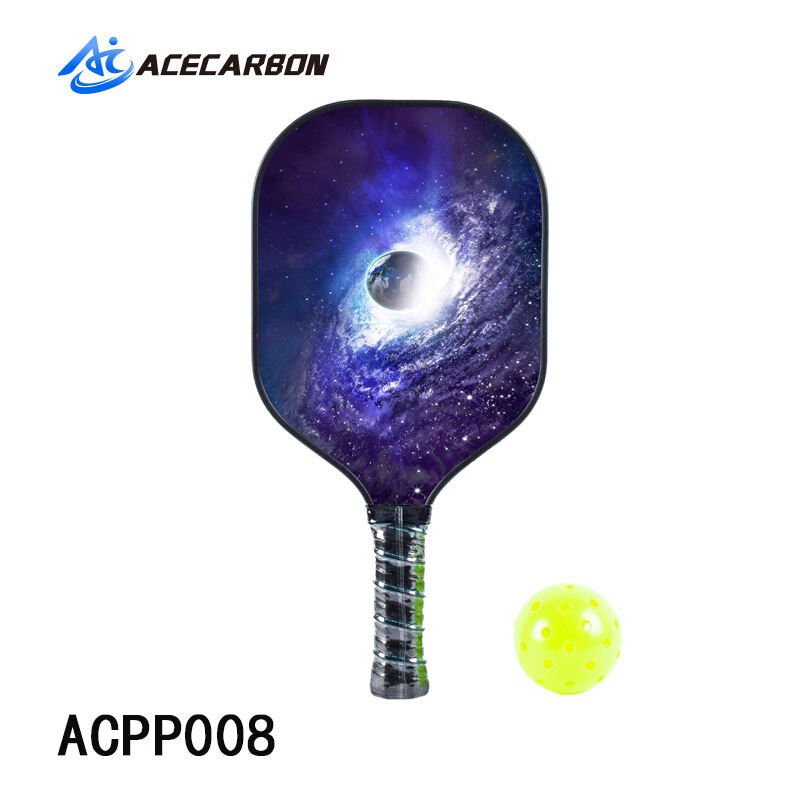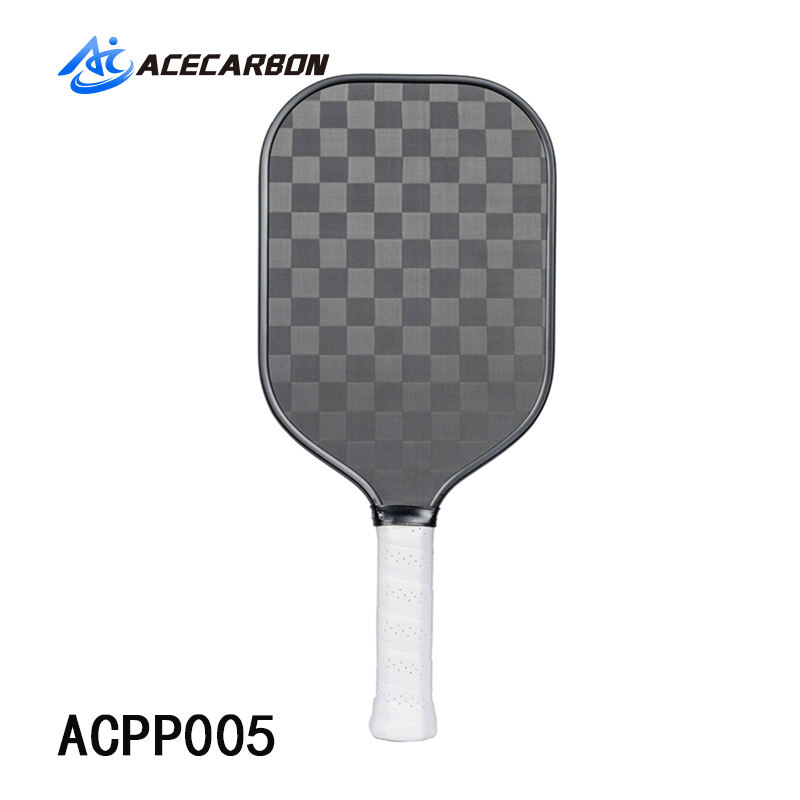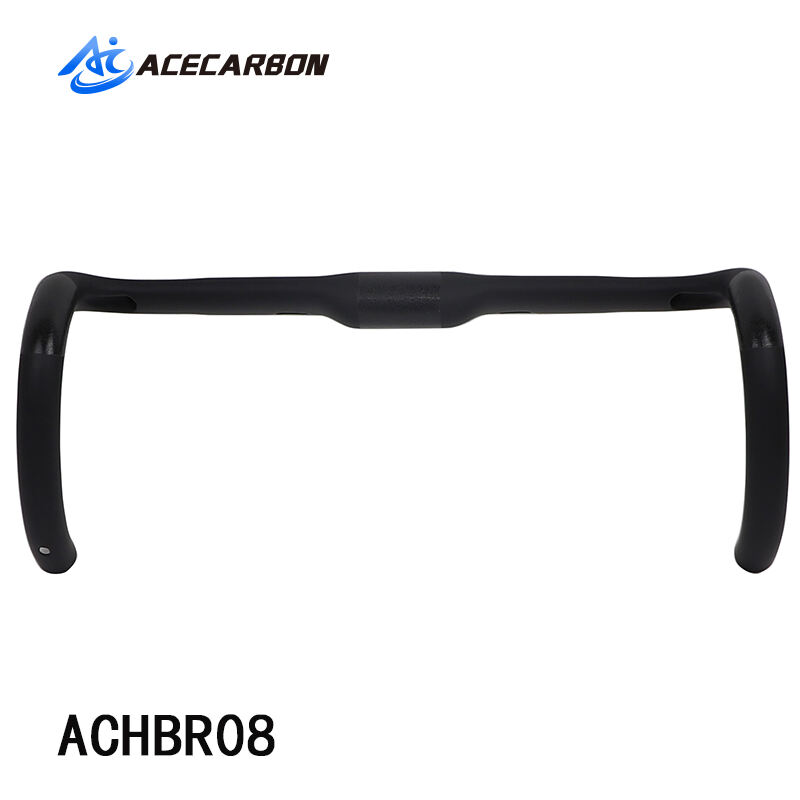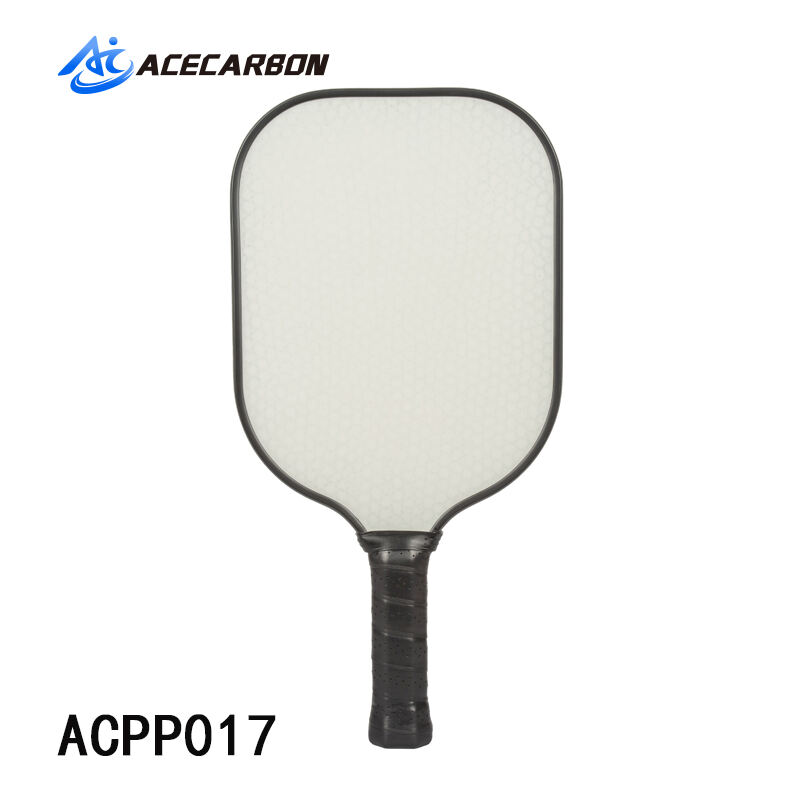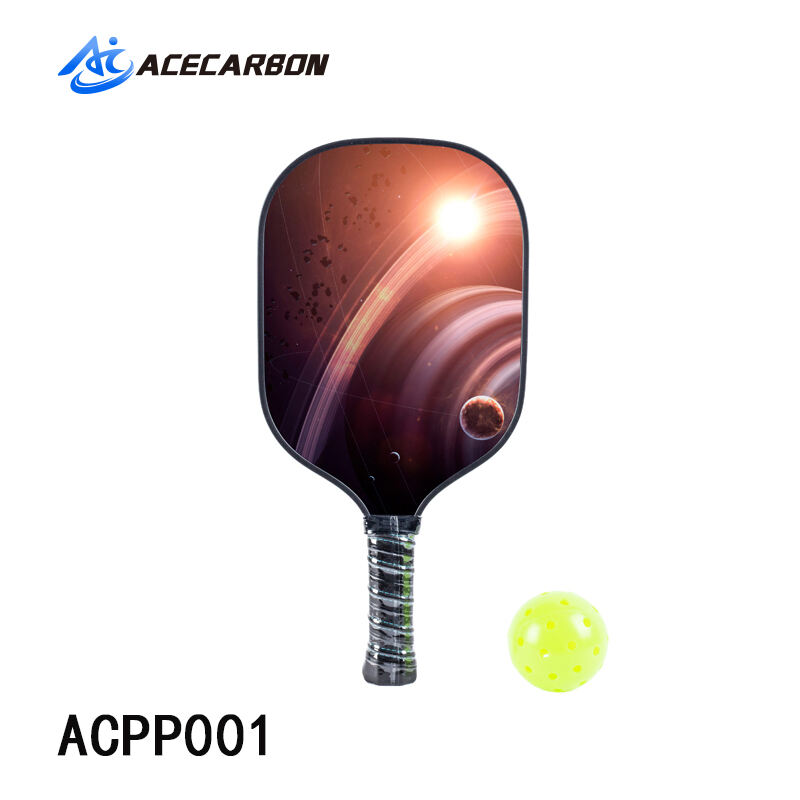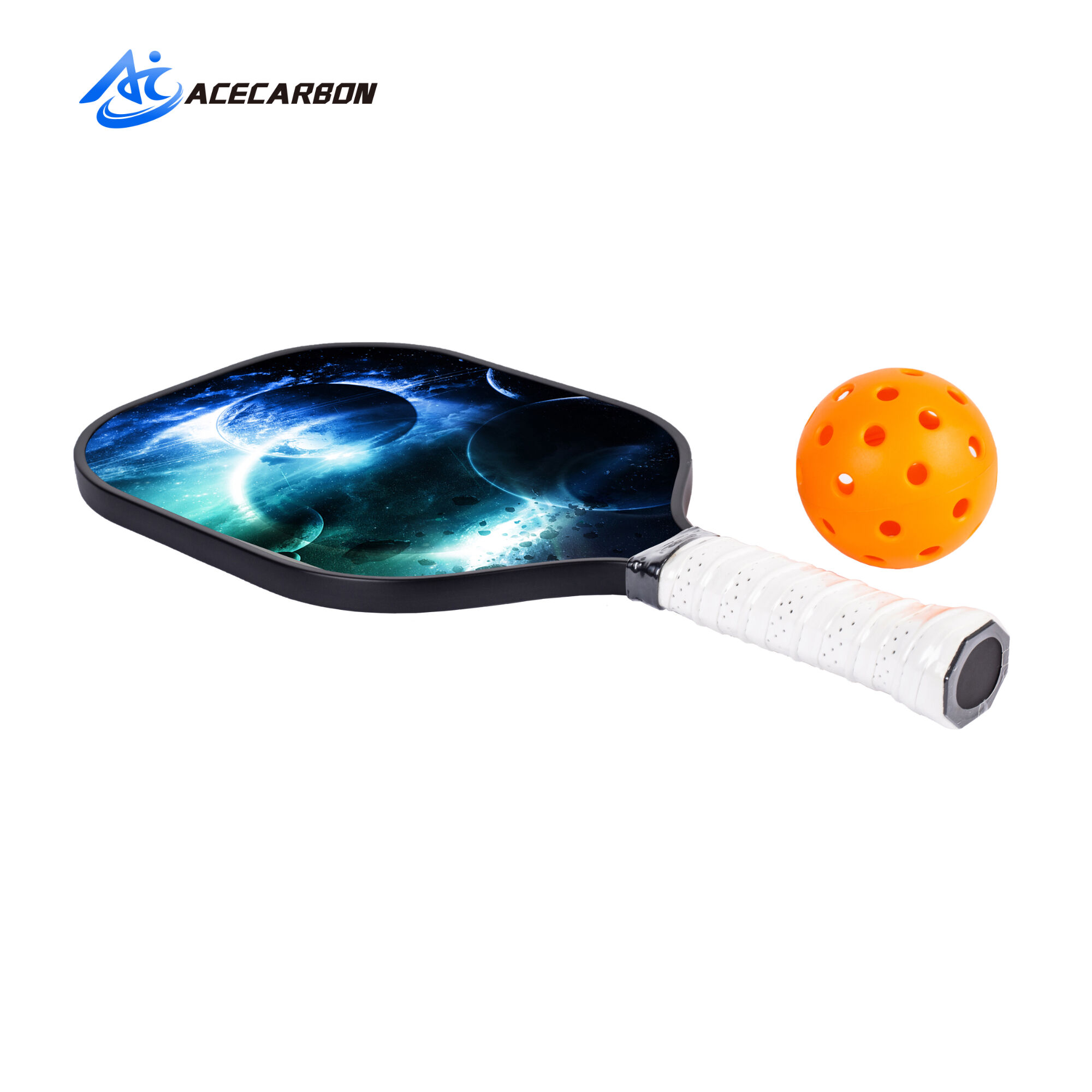Design concept of sports backpacks and comfort improvement solutions
The Evolution of Sports Backpack Design
Sports backpacks have come a long way since their simple beginnings, particularly for games like badminton and pickleball where quick movement matters. Back in the day, most backpacks just needed to hold stuff without getting in the way during play. But things started changing when new materials hit the market and athletes began wanting more than just something to carry their gear. Today's sports backpacks are packed with smart features designed to actually improve how players perform. We see things like specially shaped compartments that keep rackets secure, breathable fabrics that wick away sweat, and even built-in hydration systems so athletes don't have to stop mid-game for water. These innovations address real problems faced by weekend warriors and pros alike who need reliable equipment that keeps up with their active lifestyles.
Sports backpacks have come a long way lately thanks to some pretty cool material innovations that boost both how long they last and what they can do. Most backpacks these days are built from stuff that's light on the body but tough enough to handle rough treatment, plus they stand up well against rain and dirt. Take a look at any decent sports pack and chances are it has those fancy fabric layers and zippers that keep moisture out so gear stays safe inside. And let's not forget about all the tech stuff packed into them now either. Many models come with special pockets for phones and tablets, and plenty have built-in water bottle holders or even integrated hydration packs. These aren't just bags anymore really, they've evolved into serious workout companions that help athletes stay organized during training sessions.
Key Design Concepts for Sports Backpacks
Ergonomic Design for Enhanced Comfort
Sports backpacks designed with ergonomics in mind help prevent discomfort and potential injuries when someone is active. These packs often feature shapes that match human anatomy along with padded straps that take pressure off sensitive areas while making the whole thing more comfortable. Research shows that things like adjustable straps across the shoulders and thick padding on the back panel really make a difference. They adapt better to different body types and how people move around during activity. Getting this right matters a lot for both performance and staying comfortable throughout games or matches, whether it's badminton on the court or pickleball at the local club.
Ventilation and Weight Distribution Solutions
Good ventilation matters a lot in sports backpacks when it comes to dealing with sweat and staying cool during intense activities. Most modern packs include mesh areas or built-in air channels that let hot air escape while keeping things breathable. When packing gear, how weight gets distributed makes all the difference too. Straps that stabilize loads and separate compartments help spread out the weight so nothing feels lopsided. This kind of thoughtful design means less time fiddling with straps mid-hike and more focus on actually enjoying the trail or whatever sport someone happens to be doing at the moment.
Comfort Improvement Strategies
Advanced Padding Systems
The padding inside modern sports backpacks makes a real difference for comfort, especially with stuff like memory foam inserts and gel padding becoming standard nowadays. These materials mold around the body pretty well, so they offer customized support where it matters most. People who carry heavy loads for hours notice this because their backs don't ache as much anymore. Looking at what customers actually say online, most folks mention how much better their backs feel after switching to these padded packs. Runners and hikers often talk about not getting sore spots on their shoulders anymore. Some even claim they can hike longer distances without feeling exhausted. The truth is, good padding isn't just nice to have it's practically essential for anyone serious about carrying gear comfortably over long periods.
Breathable Materials and Mesh Panels
Sports backpacks that incorporate breathable fabrics and mesh sections make all the difference when it comes to staying comfortable while working out. The extra air circulation between the pack and the back helps cut down on sweat accumulation and keeps things from getting too hot and sticky. When someone starts to work up a sweat during exercise, their body naturally produces more heat. Good breathable materials let that heat escape rather than trapping it against the skin, so people don't end up feeling uncomfortable from being too warm. Mesh panels serve another purpose too they add to better airflow while keeping the pack light on the shoulders. A lighter load means less strain over time, especially important for those long training sessions or hikes where weight matters a lot.
Innovative Features in Modern Sports Backpacks
Specialized Compartments for Gear
Sports backpacks come with special sections made just for keeping sports gear organized, think badminton and pickleball rackets for instance. The idea is these spots keep everything safe and secure so players can grab what they need quickly without worrying about broken equipment. Many pro athletes swear by this setup because it saves time during practice sessions when every minute counts. Take badminton rackets specifically – having them stored separately means no more bending frames or getting strings tangled with other stuff in the bag. Most serious players will tell anyone who asks that proper storage makes all the difference between showing up ready to play versus wasting precious warmup minutes digging through a mess.
Built-In Charging Ports and Tech Integration
Sports backpacks nowadays come packed with all sorts of tech stuff to keep up with people who lead busy, active lives. Take built-in charging ports as just one good example. They let runners and hikers charge phones and other gadgets while moving around, so nobody has to carry those bulky power banks anymore. We're seeing this kind of thing happen across both sports gear and travel items these days. People really want to stay connected no matter what they're doing. When manufacturers put charging ports right into backpack designs, they hit a sweet spot for folks who can't imagine life without their devices. The practicality factor goes way up, and suddenly what was once just a bag becomes something much more useful for anyone obsessed with staying plugged in wherever they go.
Material Innovations in Backpack Design
Durable and Lightweight Fabrics
New fabric tech is changing how backpacks are made, resulting in packs that weigh less but hold up better than ever before. Manufacturers now work with stuff like nylon ripstop, Dyneema, and Cordura to strike just the right balance between being light enough to carry all day and strong enough to last through rough treatment. Look at companies like Patagonia or The North Face they've really pushed the envelope with their sporty backpack designs, which other makers are starting to copy. What makes these materials special? Their weaving patterns and protective coatings give them extra toughness against scrapes and rips while keeping water out too. For anyone spending time outdoors where unpredictable weather hits fast, this kind of durability matters a lot when packing essentials for a hike or weekend trip.
Eco-Friendly Materials and Sustainability
More backpack makers are turning to green materials these days because people want sustainable stuff and the sports market has taken notice. Look at REI and Jack Wolfskin for example they're putting recycled polyester and organic cotton into their bags now. The Outdoor Industry Association did a survey last year and found out something interesting about 7 out of 10 shoppers care about sustainability when buying gear for outdoors adventures. Companies trying to keep up with what customers want have started using closed loop recycling systems and getting certifications from groups like Bluesign. All these changes help cut down on environmental damage during manufacturing while meeting what consumers expect nowadays. Basically, there's a growing movement toward making outdoor equipment that's better for our planet.
FAQ
Q: What materials are commonly used in modern sports backpack design?
A: Modern sports backpacks use high-tech materials like nylon ripstop, Dyneema, and Cordura. These materials offer durability, lightweight properties, and weatherproof protection.
Q: How do ergonomic designs in sports backpacks help athletes?
A: Ergonomic designs help reduce pressure points and enhance comfort through anatomical shapes and cushioned straps, improving the user experience during physical activities.
Q: Why is sustainable material important in backpack design?
A: Sustainable materials help reduce the environmental impact of production and meet the rising consumer demand for eco-friendly products, contributing positively to the sports industry.
Q: What innovative features do modern sports backpacks incorporate?
A: Modern sports backpacks often include specialized compartments for sports gear, built-in charging ports, advanced padding systems, and integrated technology for enhanced usability.

 EN
EN
 AR
AR
 BG
BG
 HR
HR
 CS
CS
 DA
DA
 NL
NL
 FI
FI
 FR
FR
 DE
DE
 EL
EL
 HI
HI
 IT
IT
 JA
JA
 KO
KO
 NO
NO
 PL
PL
 PT
PT
 RU
RU
 ES
ES
 SV
SV
 TL
TL
 ID
ID
 SR
SR
 SK
SK
 SL
SL
 UK
UK
 VI
VI
 HU
HU
 TH
TH
 TR
TR
 FA
FA
 MS
MS
 IS
IS
 AZ
AZ
 BN
BN
 LO
LO
 MI
MI
 MY
MY
 SM
SM

